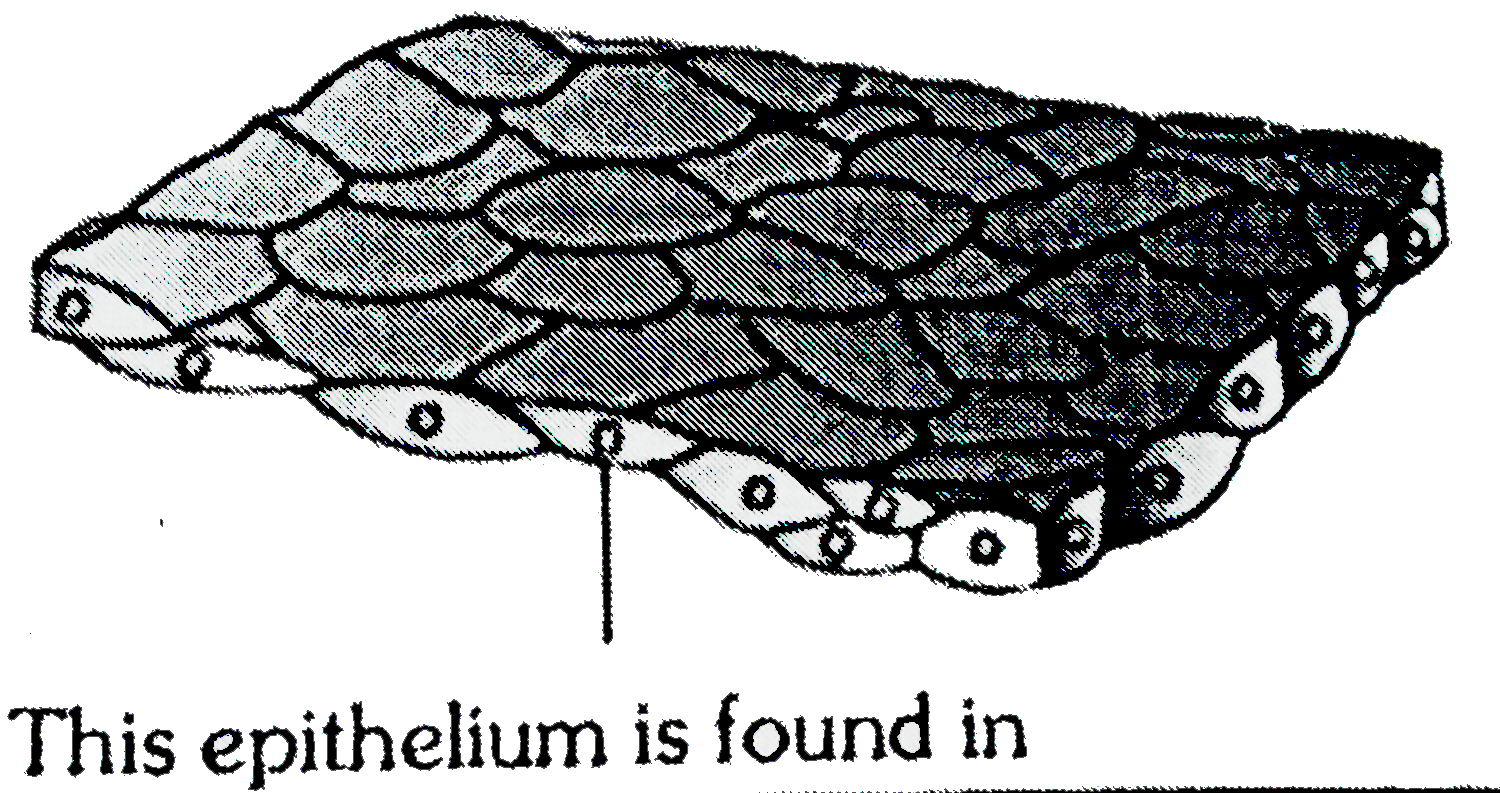Vexillum is found in
Rosaceae
Papilionaceae
Cruciferae
Solanaceae.
The correct Answer is:B
To determine where Vexillum is found, we need to understand the concept of Vexillary Estivation and the families of flowering plants mentioned in the question.
1. Understanding Vexillum:
- Vexillum is a term used in botany to refer to the largest petal in a flower that exhibits vexillary estivation. It is also known as the "standard" petal.
2. Understanding Estivation:
- Estivation refers to the arrangement of sepals or petals in a flower bud before it opens. Vexillary estivation specifically describes a particular arrangement where one large petal (the vexillum) is positioned at the back, while two smaller petals (the wings) are on the sides, and two other petals (the keel) are fused together at the front.
3. Identifying the Families:
- The question provides four families: Rosaceae, Papilionaceae, Cruciferae, and Solanaceae.
- We need to identify which of these families exhibits vexillary estivation.
4. Analyzing Each Family:
- Rosaceae: This family does not typically exhibit vexillary estivation.
- Papilionaceae: This family, which is also known as Fabaceae (the legume family), is known for its flowers that exhibit vexillary estivation.
- Cruciferae: This family (now known as Brassicaceae) does not exhibit vexillary estivation.
- Solanaceae: This family does not exhibit vexillary estivation either.
5. Conclusion:
- Based on the analysis, Vexillum is found in the Papilionaceae family.
Final Answer:
Vexillum is found in the Papilionaceae family.
---
- Vexillum is a term used in botany to refer to the largest petal in a flower that exhibits vexillary estivation. It is also known as the "standard" petal.
- Estivation refers to the arrangement of sepals or petals in a flower bud before it opens. Vexillary estivation specifically describes a particular arrangement where one large petal (the vexillum) is positioned at the back, while two smaller petals (the wings) are on the sides, and two other petals (the keel) are fused together at the front.
- The question provides four families: Rosaceae, Papilionaceae, Cruciferae, and Solanaceae.
- We need to identify which of these families exhibits vexillary estivation.
- Rosaceae: This family does not typically exhibit vexillary estivation.
- Papilionaceae: This family, which is also known as Fabaceae (the legume family), is known for its flowers that exhibit vexillary estivation.
- Cruciferae: This family (now known as Brassicaceae) does not exhibit vexillary estivation.
- Solanaceae: This family does not exhibit vexillary estivation either.
- Based on the analysis, Vexillum is found in the Papilionaceae family.
Vexillum is found in the Papilionaceae family.
Topper's Solved these Questions
- FAMILIES OF FLOWERING PLANTSBOOK - DINESH PUBLICATION ENGLISHCHAPTER - FAMILIES OF FLOWERING PLANTSEXERCISE - CYG
10 Videos
- FAMILIES OF FLOWERING PLANTSBOOK - DINESH PUBLICATION ENGLISHCHAPTER - FAMILIES OF FLOWERING PLANTSEXERCISE - BRAIN TEASERS -II
97 Videos
- FAMILIES OF FLOWERING PLANTSBOOK - DINESH PUBLICATION ENGLISHCHAPTER - FAMILIES OF FLOWERING PLANTSEXERCISE - BRAIN TEASERS -II
97 Videos
- EXCRETORY PRODUCTS AND THEIR ELIMINATIONBOOK - DINESH PUBLICATION ENGLISHCHAPTER - EXCRETORY PRODUCTS AND THEIR ELIMINATIONEXERCISE - Check your graps
10 Videos
- FLOWERBOOK - DINESH PUBLICATION ENGLISHCHAPTER - FLOWEREXERCISE - MULTIPLE CHOICE
258 Videos
Similar Questions
Knowledge Check
tRNA is found in
AnucleusBcytoplasmCmembranesDmitochondriaCortex is found in :
Astems onlyBroots onlyCroots and stemsDroots, stems, and leaves


